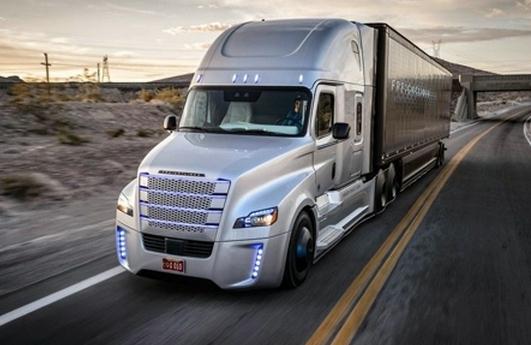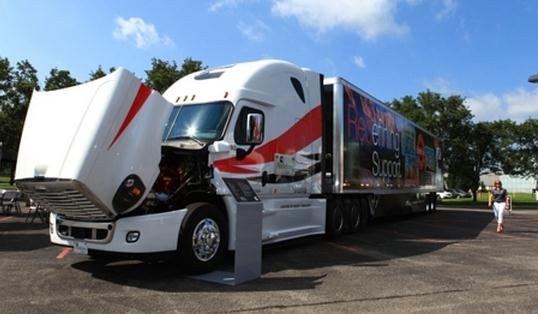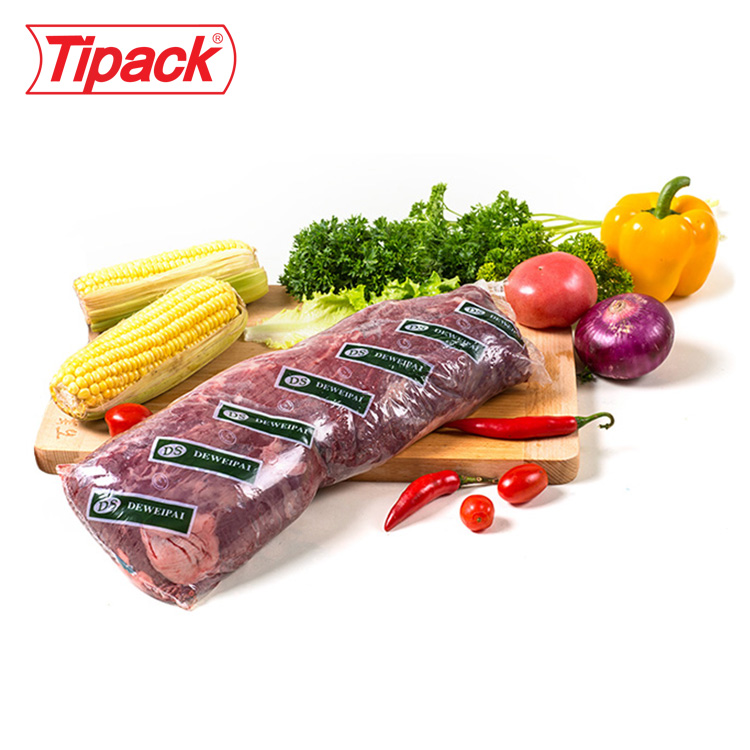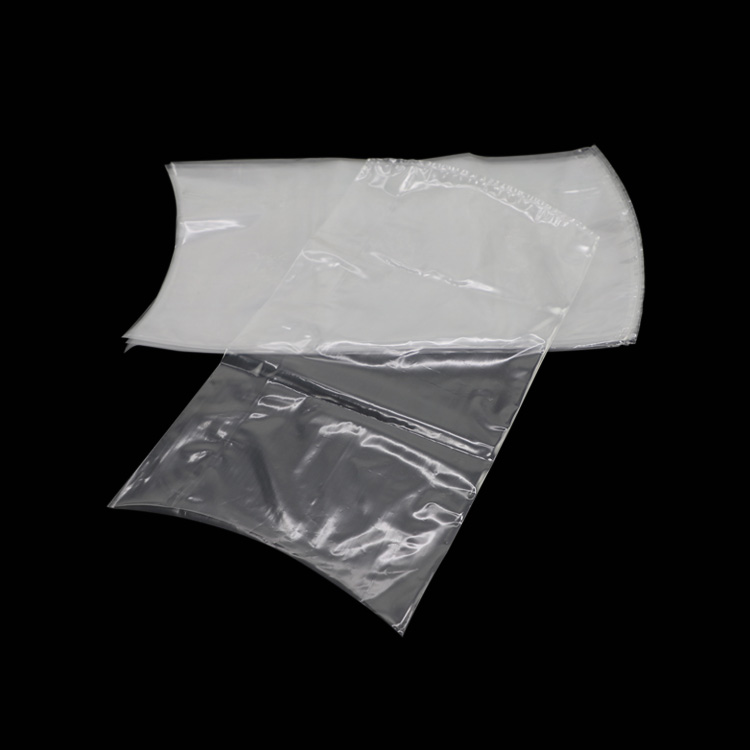North American heavy truck, a kingdom with a perfect combination of machinery and dreams. In this kingdom, there are "long-nosed" heavy trucks that are crazy fans of truck enthusiasts, and Transformers trucks in Hollywood classic blockbusters.
In this developed region market, which is synchronised with European heavy trucks, although its technology level for heavy trucks has reached a high level, with the improvement of user demand and the tightening of various standards and regulations, the technological upgrading of the North American heavy truck industry has not been Stop.
Which direction did North America's heavy truck technology upgrade go? What can China's heavy truck industry learn from? The reporter recently followed the "Redefining the Power of Heavy Trucks - The Redefining Tour" (Cummins 2015 North America Tour), and he has a deeper understanding of the technological trends of heavy trucks in the United States.
  
Classic American Long Heavy Truck
Engine is the key emission upgrade center of gravity to fuel economy
In recent years, the North American heavy-duty truck market has maintained a strong momentum of development, with annual sales of 280,000 to 300,000 vehicles. In 2015, sales volume is expected to nearly double to 2010 (155,000 vehicles). Its main sales model is Class 8 (Class 8), which is familiar to everyone. From the perspective of technology upgrades, the design features of long-duration trucks in the United States will not change. The long-body structure forms a long hood over 1.5m in front of the cab. It not only has a large space inside the cab, but also has a low wind resistance. It is conducive to energy conservation and can form an effective collision buffer to protect the safety of occupants.
At the same time, the author also noticed that the most important direction for upgrading North American heavy truck technology is the upgrading of emission standards. Since the implementation of the EPA 2010 emission regulations, with the development of heavy-duty vehicle and engine technologies, the exhaust emission limits have almost reached the limit, and the US heavy-duty vehicle emission regulations have gradually shifted to fuel economy. The US Environmental Protection Agency (EPA) hopes to further reduce emissions by improving fuel economy and reducing greenhouse gas emissions.
In August 2011, the US Environmental Protection Agency and the U.S. Highway Safety Administration announced that the implementation of the National Heavy-Duty Vehicle Emissions Management Plan was divided into two phases. It is planned to complete the target by 2018, when heavy-duty trucks will consume 40 percent less fuel than in 2010. %, CO2 emissions also have to be substantially reduced. From the table below, it can also be seen that the CO2 emission limits set in 2017 are the lowest.
In order to meet the latest fuel economy standards, major heavy truck companies have taken many measures. For example, to improve the cab modeling and diversion facilities, optimize the aerodynamic design to achieve more streamlined design and low wind resistance effect, some companies are also committed to promoting the integrated design of tractors and trailers, reducing various body gaps; The wide application of low roll-resistance truck tires and trailer tires, through the use of corresponding low rolling resistance technology (such as extra wide single tires, new patterns, new materials, special structural design, etc.) to reduce the rolling resistance coefficient of the tire and improve the tire's fuel Consume performance; more applications for side skirts, not only with side skirts on tractors, but also with side skirts and fairings on trailers, and some trucks installed below the cab and below the side skirts Hoods to further reduce air resistance.
But in any case, the biggest factor in reducing the fuel consumption of trucks is the engine. It is because the engine plays a vital role in the emission plan. The world's largest independent engine company, Cummins, first introduced the heavy-duty to meet the 2017 emission limit (Grade 8 tractor is 460 g/brake horsepower-hour). The engine 2017ISX15, and on June 13 launched the "redefinition of the heavy truck power tour - 2015 North America Tour." A key point of "re-definition" is to further enhance the definition of "high efficiency": Cummins engines will further improve industry standards in many efficiency areas including "fuel efficiency" through system integration advantages and forward-looking technical reserves. . The launch ceremony featured three engines and several models that met the EPA 2017 limit standard, aiming to “redefine heavy truck power†with the 2017ISX15 flagship engine, and acted in concert with Mercedes-Benz, Volvo, and other North American heavy truck giants to increase the technology threshold and preemption. North American market opportunities.
  
Cummins ISG Power also witnessed this "redefinition of the heavy truck power tour - 2015 North America Tour"
Truck smart technology goes one step further
While improving energy-saving technologies, the development of intelligent technology for North American heavy-duty trucks and engines has also gone one step further (the reason is “further†because of ABS, EBD, ESP, GPS, LDW lane departure warning, and ACC self-adaptation. Cruise and other electronic systems have been used in North American heavy trucks. This is particularly evident in autopilot technology.
In May of this year, the world’s first self-driving heavy truck was approved in the United States. The autopilot system was named HighwayPilot. Its autopilot module was activated only after the truck entered the highway, and the system will remain the same after activation. The car will keep a safe distance and it will not take the initiative to overtake. Once it encounters unreliable road conditions, the system prompts the driver to intervene with a beep and dashboard icon.

Highway Pilot was first applied to the Lightning Liner heavy trucks under Daimler.
In addition, the application of intelligent AMT and Telematics car networking technology is also deeper (both technologies are themselves part of the truck's autonomous driving system). In terms of AMT mechanical automatic transmissions, in recent years, North America has become the second fastest growing AMT market after Europe, and by 2019 it is expected that more than one third of heavy trucks will use AMT gearboxes. At the U.S. Truck Show held in March this year, almost all commercial vehicle brands exhibited heavy trucks equipped with AMT.

With the growing shortage of truck drivers in the United States, it is a general trend to reduce the driver’s labor intensity and control the use of more simple and easy AMT gearboxes.
As a buzzword in recent years, Telematics has gradually increased its use in US heavy trucks. Unlike the mass adoption of Telematics technology in China's commercial vehicle market, the Telematics market in the North American commercial vehicle market first became popular on heavy trucks. Many new-generation North American heavy trucks began to be equipped with Telematics vehicle networking systems. It is based on the Internet of Things technology and the GPS platform. Different versions of the vehicle networking system have been developed by different engine companies or truck companies. It has vehicle positioning and navigation, vehicle fuel consumption management, driver behavior management, driver safety behavior analysis, and maintenance. Service reminders and even functions such as fleet management analysis reports. Advanced versions also feature driver-operated grading systems and cargo delivery electronic monitoring functions. Cummins's "Connected Diagnostic" system (called Cummins C-Link in China) is a good example. This intelligent fleet management system has a good supporting role for the truck industry and the logistics industry to reduce costs and increase efficiency and improve transportation efficiency.

Equipped with Cummins ISG power Auman Super Edition and North American heavy truck "same stage competition"
In general, North American diesel heavy trucks are now moving toward more energy-saving, more optimized aerodynamic design, more intelligent and automated technology trends, and these trends and characteristics will also be the future direction of China's heavy trucks.
Tipack Meat Shrink Bags are ideal for any meat, seafood, tuna packaging application using some of the most advanced Shrink Bag materials. This way, Tipack Shrink Bags ensure that your products have the longest shelf life and look great. At the same time to ensure that the taste of the meat will not change, the bag can be printed in a variety of ways. The Tipack Shrink Bag is a nine-layer vacuum shrink bag available in a variety of sizes for direct food contact. We can customize any size you want for large quantities and provide standard sizes for most customers.
- Offers multiple functions:
- High O2 barrier to maximize shelf life
- High moisture barrier to minimize weight loss.
- 10-color flexo printing on both sides
- Medium abuse version also available
Customer benefits
--Easy to run: Bags can be self-loaded with tape or rolled into rolls for easy handling
--Excellent Barrier Properties: High shrinkage minimizes weight loss and maximizes shelf life
-- Product Attraction: Optical properties enable packaged products to be displayed in their best condition
-- Bags can be sealed on existing machines: Tipack bags are compatible with existing packaging equipment for low leak rates and high productivity
-- Tightening Appearance : Very high shrinkage gives skin a firming appearance
final consumer benefit
-- Product Freshness: High oxygen and moisture barriers keep products fresh
-- Product Safety: Strong seal protects product during handling and shipping
Here are the standard widths, 165mm, 180mm, 190mm, 205mm, 225mm, 250mm, 275mm, 300mm, 325mm, 350mm, 375mm, 400mm, 425mm, 450mm, 475mm, 500mm. And the length can also be any size you want. Thickness: 50-80um. Color: Transparent, or match PMS bulk. Printing: We also provide printing services for flexible packaging machines, the machine can print 10 colors on each side at the same time. Tipack bags maintain superior shrink performance by balancing high shrinkage with low shrink force. The bag shrinks to the product shape, creating a wrinkle-free package that retains the product's original shape. Our shrink bags are widely used for beef, lamb, pork, turkey, poultry, tuna, cheese, processed meat, fresh meat.
All production facilities and processes are FDA, BRC and HACCP/ISO certified to ensure food contact safety. We provide one-stop service, high barrier shrink bag/film, EVOH fruit cup, EVOH/PP sheet, PA/EVOH/PE Thermoforming Film, PA/PE Thermoforming Film, MAP/plastic/VPS tray, osmotic shrink bag / film, high barrier film, absorbent meat pad, vacuum machine. We have 3 factories in Suzhou, Wuxi and Chuzhou, and will open a fourth factory in Chengdu soon. Barrier packaging is used when the inner product needs to be protected from aromas, tastes, gases, light, oils, oxygen, water or water vapour. A variety of materials are available, including polyethylene (PE), PVDC, and ethylene vinyl alcohol (EVOH). PE and PP materials provide a moisture barrier. Typical PE applications include breathable packaging or carton liners for fresh produce. It is most commonly used in plastic bottles, meat and cheese packaging, snack food packaging, bagged boil or serializable pouches. PVDC, EVOH provide oxygen, gas and aroma barriers. It is a modified atmosphere packaging for oxygen sensitive food.



Beef Steak Shrink Bag,Fresh Beef Shrink Bags,Fresh Meat Pvdc Shrink Bags,Beef High Barrier Bags
Tipack Group , https://www.tipackgroup.com
![<?echo $_SERVER['SERVER_NAME'];?>](/template/twentyseventeen/skin/images/header.jpg)